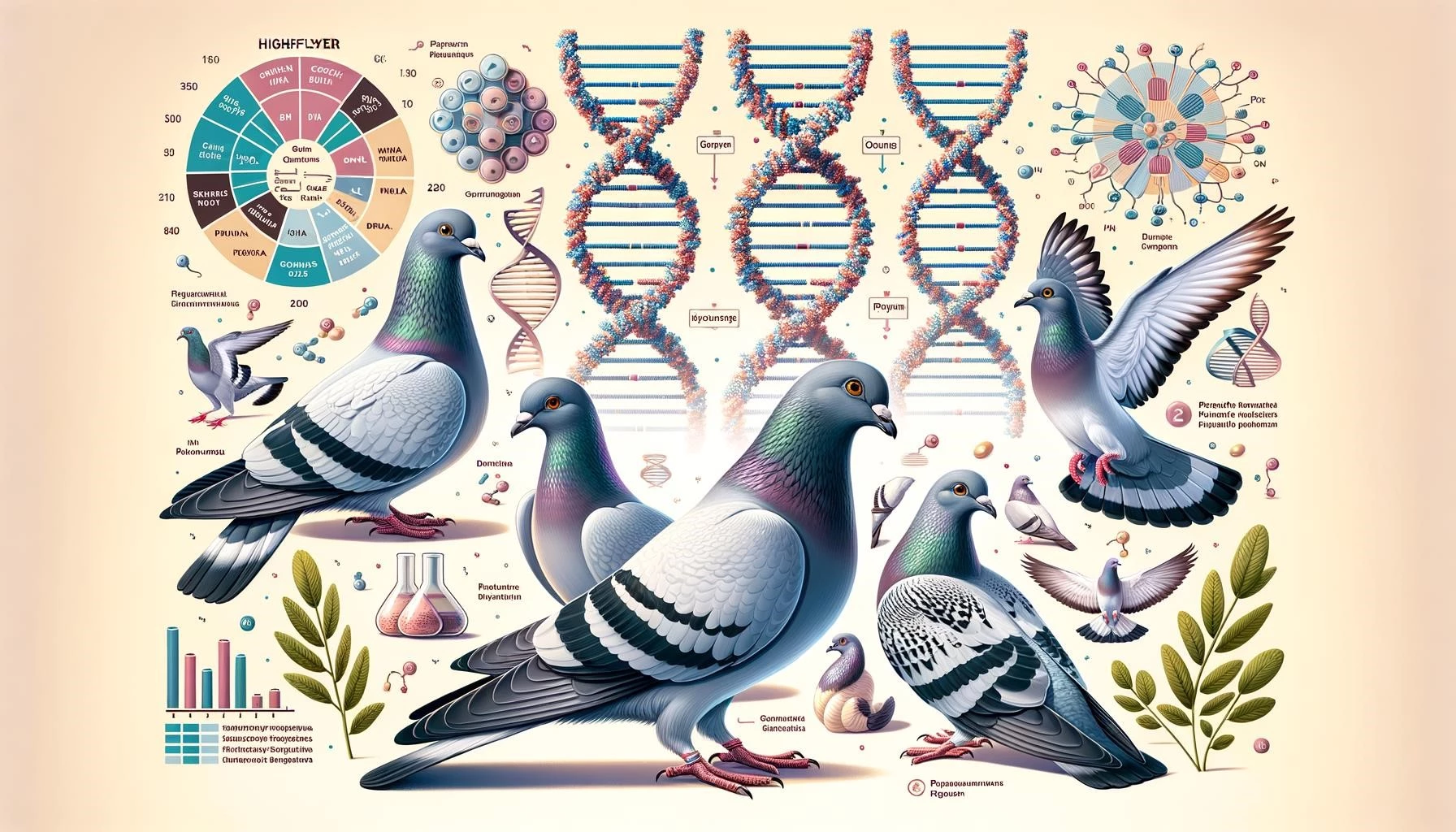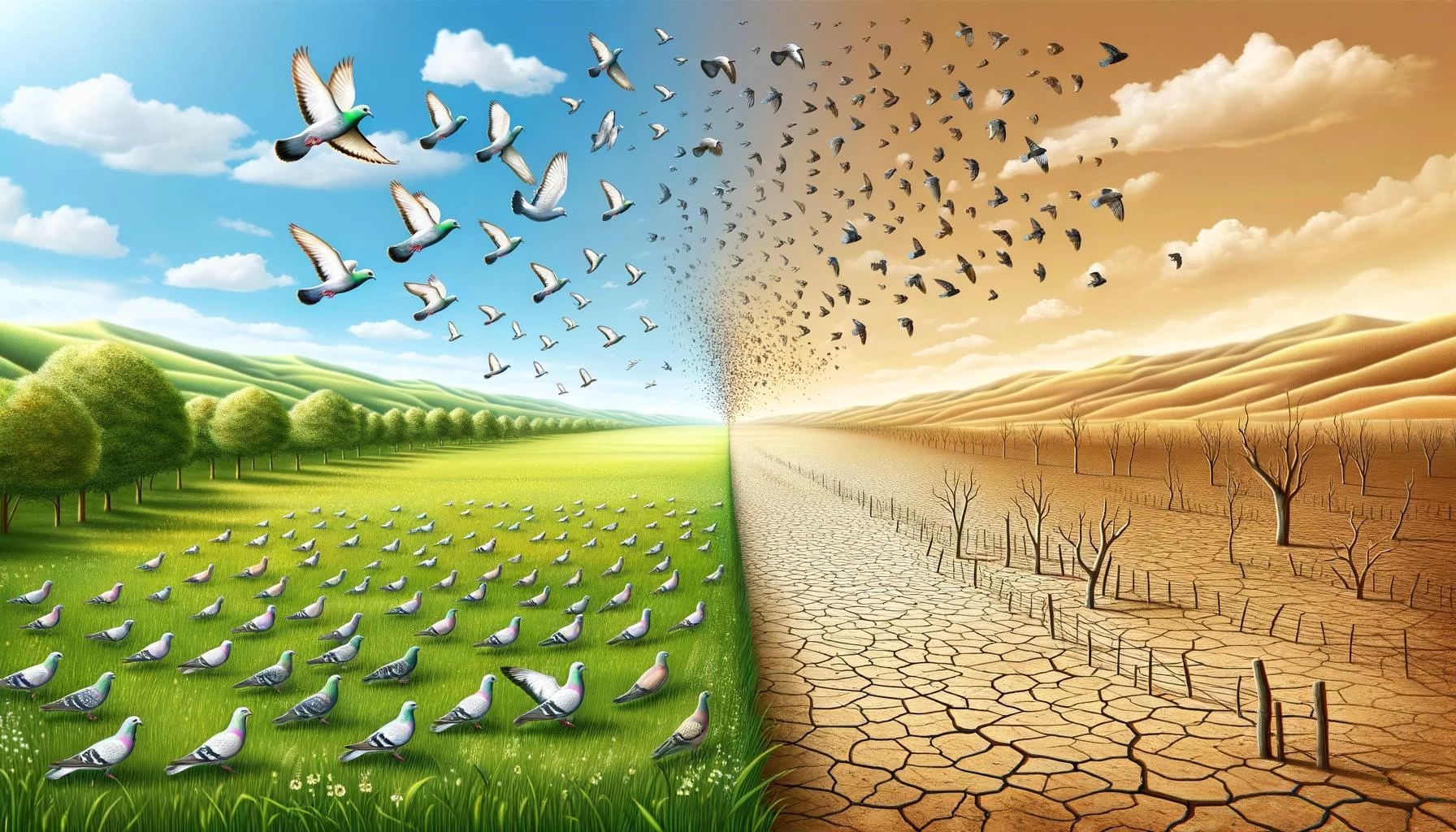Pigeons are a group of birds that are known for their ability to migrate across vast distances. These migrations play a crucial role in the conservation of pigeon species, as they are a key strategy to ensure the survival of these birds and maintain healthy populations. In this article, we will explore the fascinating phenomenon of pigeon migrations and its importance in species conservation.
Key Takeaways
- Pigeons are known for their ability to migrate across long distances, making them an important species to study in terms of conservation.
- Migratory species face various threats, including habitat loss, climate change, and human-induced pressures, which have significant implications for their survival.
- Conservation efforts for migratory species should focus on maintaining the integrity of migration networks and designating protected areas along their migration routes.
Pigeon Migrations and Their Importance
Pigeons are known for undertaking impressive long-distance migrations to find suitable breeding and feeding grounds. These migrations can span thousands of miles and often require crossing barriers such as mountains, deserts, and large bodies of water. The ability to navigate these obstacles and return to their breeding grounds is essential for the survival of pigeon species.
Why do pigeons migrate? The primary reasons for migration are related to resource availability. Pigeons migrate from their breeding grounds to areas with abundant food sources, suitable climate conditions, and safe nesting sites. This movement ensures that pigeons can find enough food and favorable conditions to successfully reproduce.
Migration also helps pigeons avoid competition for resources with other species. By moving to different areas at different times of the year, pigeons can exploit food sources that are not being utilized by resident bird populations, which reduces competition and increases their chances of survival.
Additionally, pigeons may migrate to escape harsh weather conditions, such as extreme cold or drought. By moving to more favorable areas, pigeons can increase their chances of survival and minimize the impact of unfavorable weather on their populations.
Threats to Pigeon Migrations and Conservation Efforts
While migration is a natural and necessary behavior for pigeons, it is also a behavior that exposes them to various threats. The following are some of the key challenges faced by migratory pigeon species:
- Habitat loss: The destruction and fragmentation of natural habitats along migration routes can disrupt the ability of pigeons to find suitable feeding and nesting sites. Deforestation, urbanization, and agricultural expansion are some of the main causes of habitat loss.
- Climate change: Alterations in climate patterns, such as changes in temperature and precipitation, can affect the availability of resources along migration routes. Pigeons may encounter difficulties finding food or face mismatches in timing with their breeding grounds due to climate change.
- Human-induced pressures: Human activities, such as hunting, pollution, and disturbance, can have detrimental effects on pigeon populations. Hunting, in particular, has been a significant threat to several pigeon species, leading to population declines and, in some cases, even extinctions.
To mitigate the threats faced by migratory pigeon species, conservation efforts need to focus on the following strategies:
- Protecting key habitats: Identifying and conserving critical areas along migration routes is essential for ensuring the survival of pigeon populations. These protected areas should provide suitable feeding and nesting sites and be free from human disturbances.
- Reducing human-induced pressures: Implementing hunting regulations, reducing pollution, and minimizing disturbances in pigeon habitats are crucial steps in protecting migratory species.
- Collaboration and international partnerships: Migratory birds do not recognize national borders, making international cooperation vital. Collaboration between countries and stakeholders is necessary to develop and implement effective conservation strategies for migratory pigeon species.
- Public awareness and education: Raising awareness about the importance of migratory birds and their conservation among the general public, policymakers, and local communities can help garner support for conservation efforts.
Conclusion
Pigeon migrations play a crucial role in the conservation of these bird species. By studying and understanding pigeon migrations, scientists can gain insights into the challenges faced by migratory species and develop strategies to ensure their survival. Protecting key habitats, reducing human-induced pressures, and promoting international collaboration are essential for the conservation of migratory pigeon species and maintaining healthy populations in the future.









